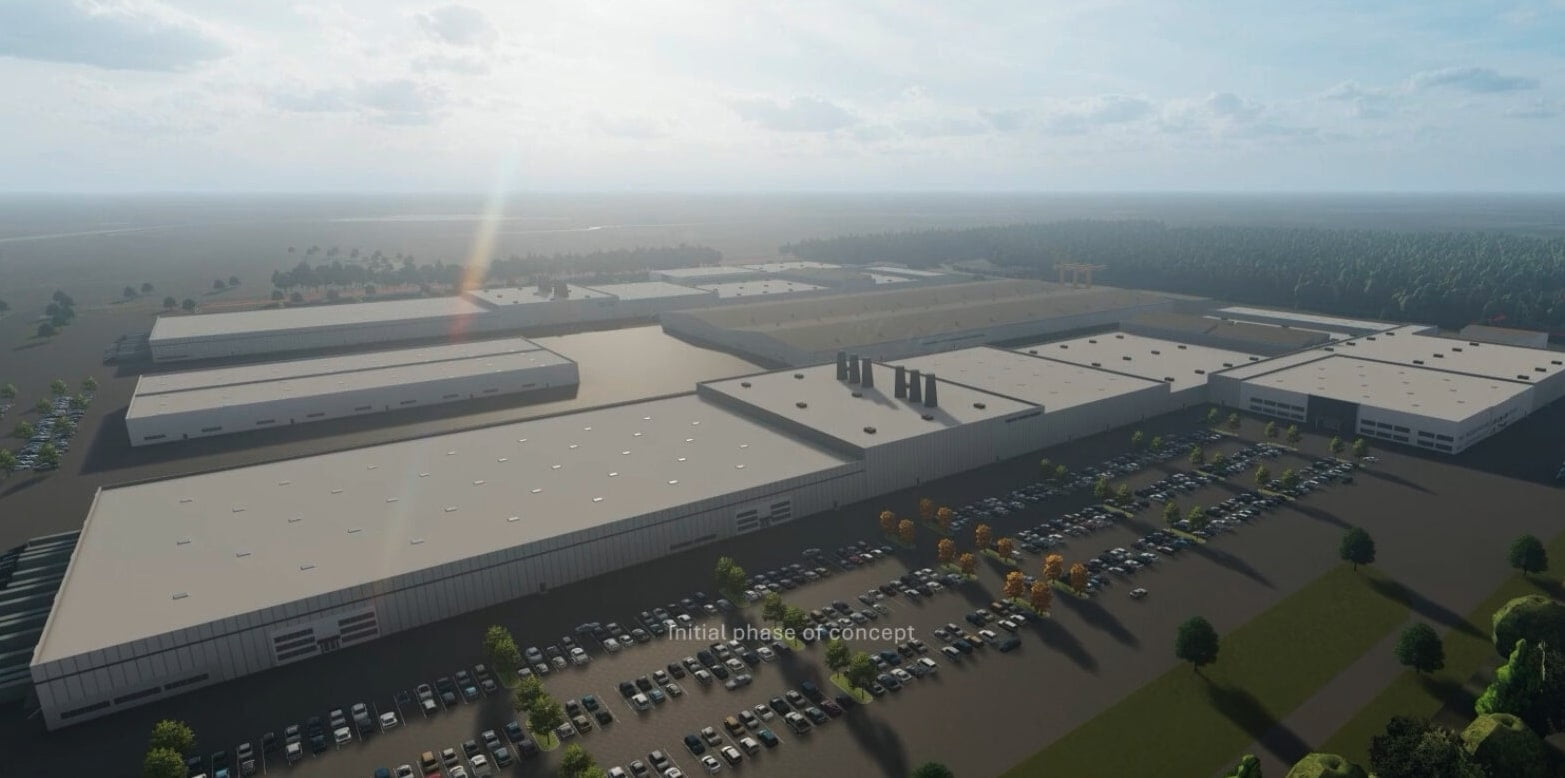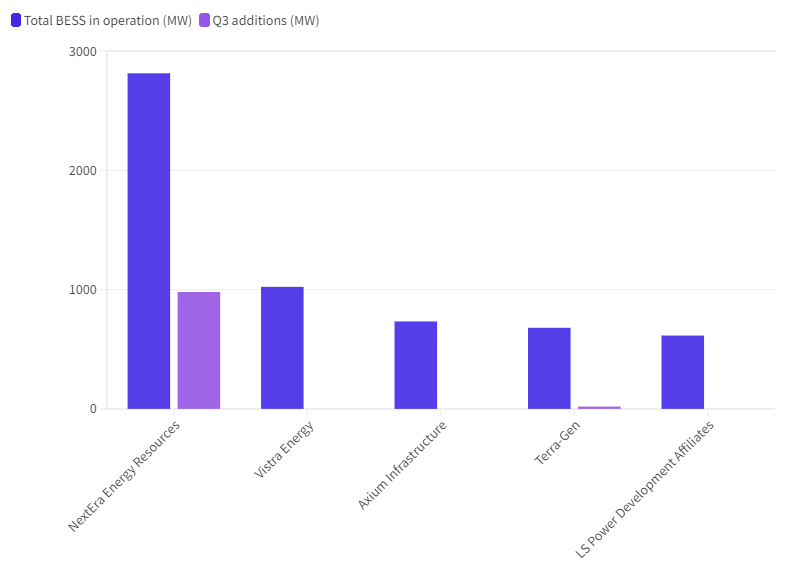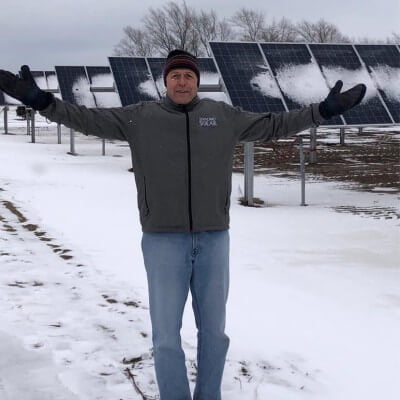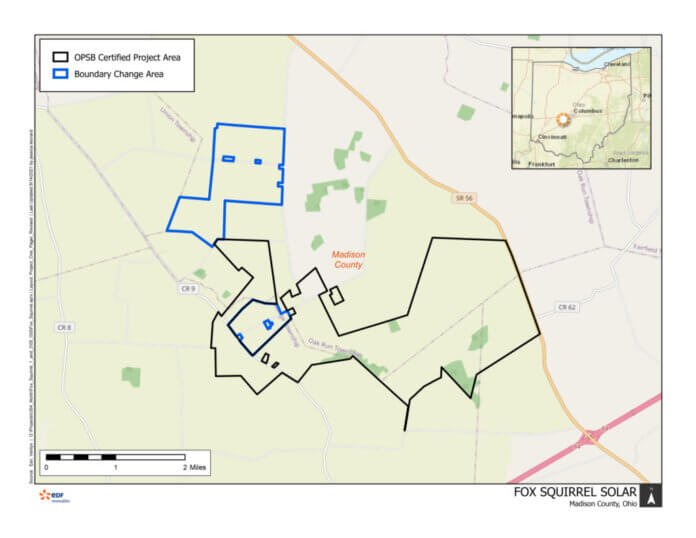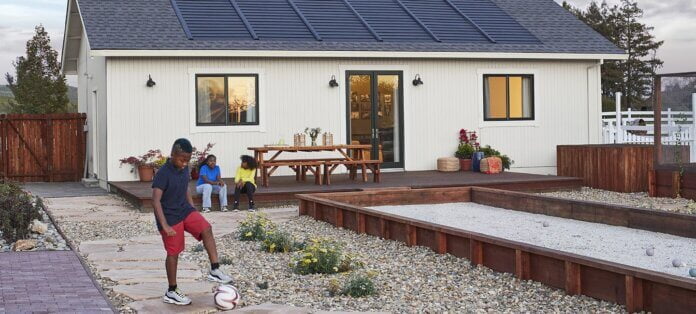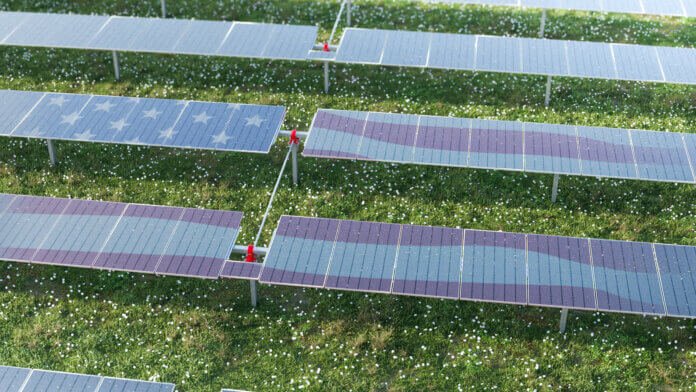The series to date, published by the LPO with support from the DOE Office of Technology Transitions, has looked at other areas like clean hydrogen, advanced nuclear and long-duration energy storage (LDES) that offer great promise in increasing the US’ energy security and decarbonisation progress.
The VPP report finds that with US peak demand forecast to rise to more than 200GW by 2030, the deployment of between 80GW to 160GW of VPPs by that time could reduce overall grid costs by US$10 billion per year, save money being spent on peaker plants and support electrification.
Essentially mimicking the role traditionally played by large centralised power plants on the grid, there are an estimated 30-60GW of capacity aggregated into virtual power plants already today in the US. That might seem a lot to people that have been watching the slow rollout of battery storage-backed VPPs at over the past few years, although as report author Jennifer Downing pointed out, the definition of a VPP is broad.
“The market data isn’t great and there’s probably a little bit of double counting of resources at the distribution versus transmission level, or bulk power system level, but we estimate that there’s about 30GW to 60GW of capacity in VPPs,” Downing told Energy-Storage.news in an interview.
“Folks who may be surprised to hear that are discounting the fact that we include in there, some of the more rudimentary demand response systems that have been around for decades. So there’s lots of different types of VPPs that are included in there,” Downing said.
Evolving virtual power plant technologies
That said, VPP technologies are evolving. As early as the 1960s hard-wired switches were being used to automatically turn down water heaters for example, while today, a VPP includes a broad range of DERs that can offer a wider suite of grid services than demand response alone. Meanwhile, VPPs are being dispatched more frequently and more often in times of regular operation of the grid, not just in emergencies.
A lot of that increasing sophistication is unlocked or enhanced by what batteries can do. Forward-thinking utility companies like Green Mountain Power in Vermont – the first to aggregate Tesla Powerwalls into a VPP – have enrolled their customers into programmes that offer big discounts on batteries bought for backup or to integrate home solar PV, in exchange for allowing the utility to dispatch some of the stored energy when peaking capacity is needed.
A few weeks ago Green Mountain Power requested state regulatory approval for an extra US$30 million for customer and community energy storage programmes to be spent in 2025-2026, alongside US$250 million for transmission grid upgrades and hardening.
Just in the past few days, another utility, Puget Sound Energy in Washington struck a deal to expand its VPP partnership with DER controls platform provider Autogrid, and the VPP space is filled with different combinations of utilities, cooperatives and other load-serving entities with third-party technology providers.
One such third-party provider, Swell Energy, which partners with utilities in states including Hawaii, California and New York, announced a partnership earlier this month with another, Shifted Energy, to pool the capabilities of their two distributed energy resource management system (DERMS) platforms.
“Through this partnership, Shifted and Swell are facilitating data-driven operations across the electrified home to enhance customer economics while benefiting grid operations for utilities,” Swell Energy CEO Suleman Khan said.
They will do this by integrating forecasts of energy demand and generation with the management of household loads.
While that includes everything from thermostats and water heaters, pool pumps, EV chargers to solar PV and batteries, it is the battery storage that is the most versatile of those resources, DOE senior advisor Jennifer Downing said.
“I see batteries as a little bit of like the wildcard in VPPs. You can play them any way. You can charge them to avoid the curtailment of clean energy resources, you can dispatch them for energy, similar to how you dispatch energy from a peaker plant, you can do fast frequency response with sub-second fluctuations,” Downing said.
“So they really span the whole spectrum of grid resources and that way I think are particularly valuable to virtual power plants.”
Senior analyst for S&P Global Commodity Insights Susan Taylor recently told Energy-Storage.news that greater adoption of VPPs will be among the long-term drivers for the uptake of residential battery energy storage globally.
Read the DOE’s full ‘Pathways to liftoff for virtual power plants’ report here.
Continue reading


